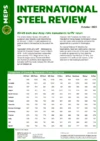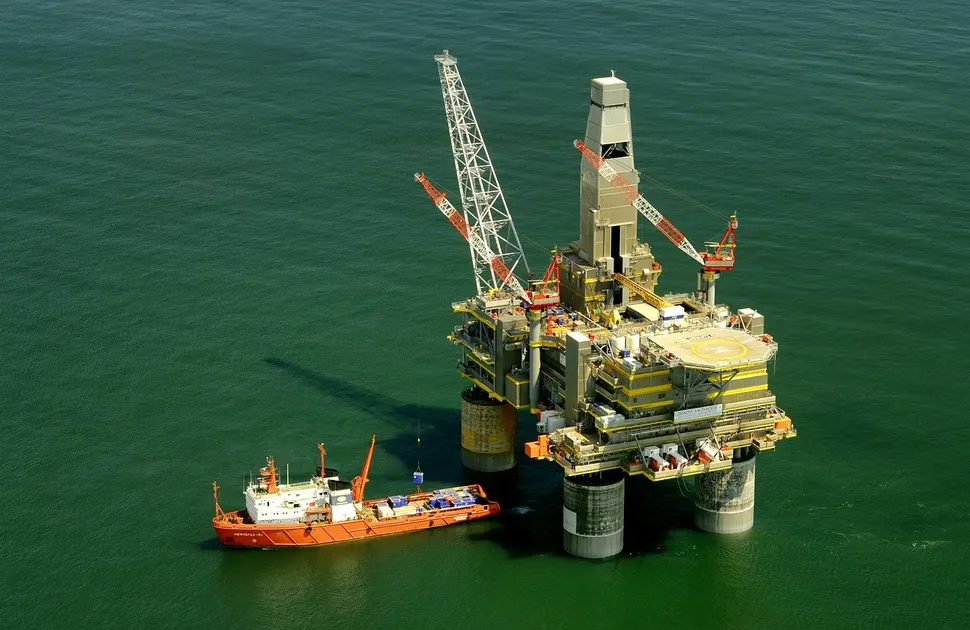Will Oil Price Collapse Lead to a Crash in Global Steel Prices?
The price of oil has plummeted in recent months. This is creating concern, among market participants, that a crash in steel prices similar to the one recorded in 2015 could develop. In December of that year, the MEPS world average hot rolled coil transaction price had fallen approximately US$100 per tonne below the lowest figure recorded during the 2008/9 financial crisis.
Few, if any, energy market analysts anticipated that US crude oil prices would, in April, fall into negative territory. This leads MEPS to consider the relationship with steel selling values. Will the current dramatic reduction in global oil prices result in a crash in the steel market to that recorded five years ago?
Many differences exist between this year’s fall in the price of oil and the decreases witnessed in 2015. The recent cataclysmic decline in crude prices is occurring amid a dramatic reduction in travel worldwide. Flights are being suspended and motor vehicle use is in decline, following the implementation of measures to curtail the spread of Covid-19. With demand drying up, oil producers are struggling to store their excess supply.
Steel producers cutting production
The ongoing coronavirus pandemic is creating instability in the global steel industry. End-user consumption is falling as many businesses are closed. However, steel output is being reduced to stem oversupply in the market. A proportion of this contraction in steelmaking is directly linked to government-mandated restrictions on industrial activity, in countries worldwide. The oil industry has yet to record similar cuts in production.
Supply limitations, along with existing logistical difficulties, have the potential to curb the downturn in global steel prices, in the near term. Nonetheless, further significant decreases in steel selling figures, particularly in the US, cannot be ruled out.
Signs of recovery
The Chinese steel industry is slowly coming back to life. However, China alone cannot support the world market through the current crisis. A recovery in demand is needed in other major consuming countries for the global steel industry to move back on track.
Positive signs are developing in the Far East and certain European countries, directly related to the relaxation of government-imposed restrictions. Furthermore, several US states are also beginning to lift the lockdown measures enacted last month.
The debate about the duration and shape that the recovery will take is ongoing among steel industry professionals. Numerous economists are revising their predictions for the extent of the coronavirus-induced global recession, fearing that the severity may be worse than originally anticipated. A protracted downturn would undoubtedly prove fatal to many companies. Their hopes now rest with national authorities’ ability to navigate through this historic crisis.

Source:
International Steel Review
The MEPS International Steel Review is an essential monthly publication, offering professional analysis and insight into carbon steel prices around the world.
Go to productRequest a free publication






